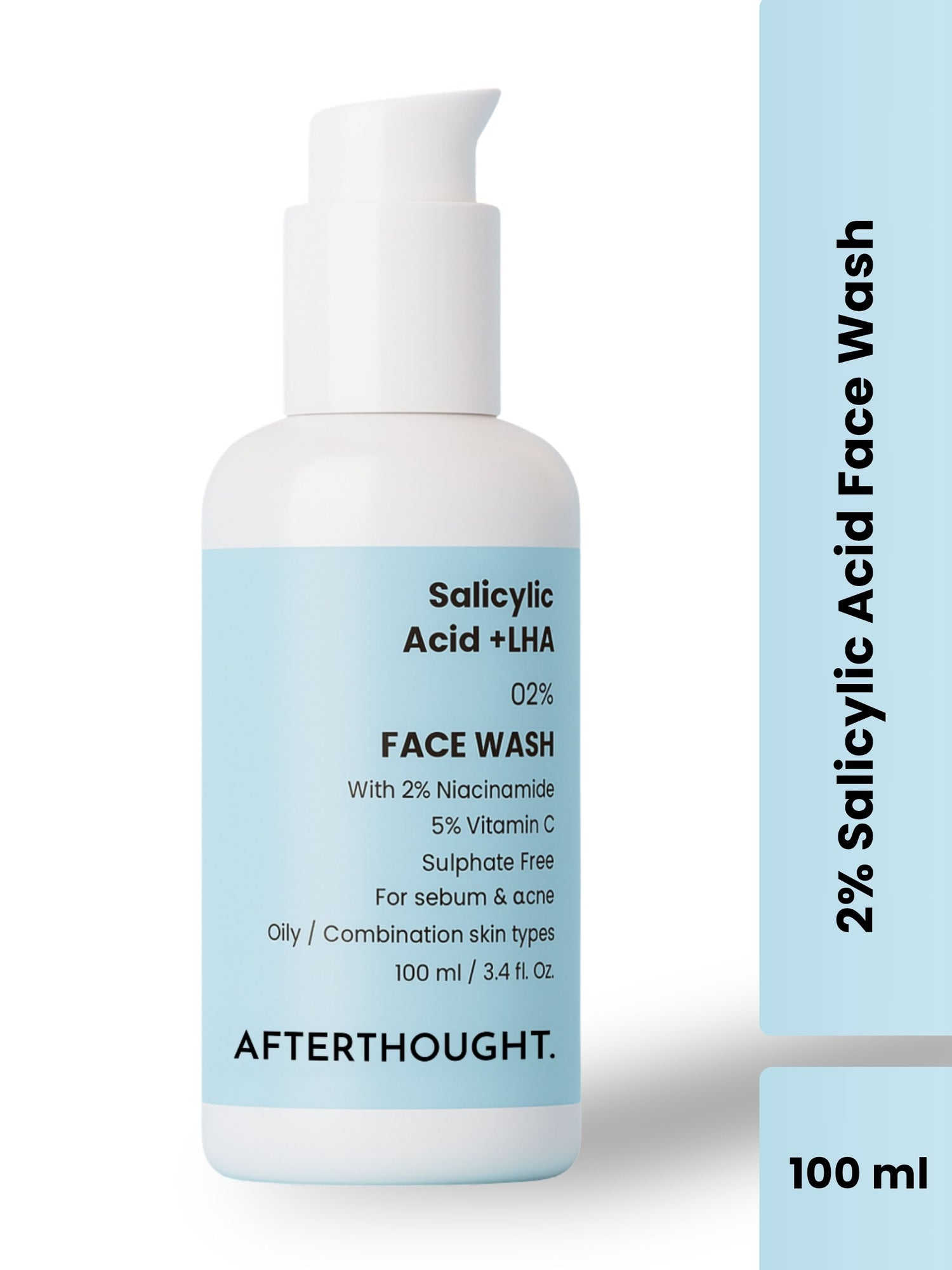What Ingredient Whitens Teeth In Toothpaste?
Afterthought IndiaWhen it comes to achieving a brighter smile, the toothpaste you use can make all the difference.
While regular brushing is essential for maintaining oral hygiene, certain ingredients in toothpaste can specifically target surface stains and help whiten teeth.
In this article, we will delve into the key ingredient that whitens teeth in toothpaste, exploring how it works, its effectiveness, and what to look for when choosing a whitening toothpaste.
Understanding Tooth Discoloration
Before we discuss the whitening ingredient, it’s important to understand why teeth become discolored in the first place. Tooth discoloration can be categorized into two main types:
Extrinsic Stains
These are surface stains caused by external factors such as food, drinks (like coffee, tea, and red wine), tobacco use, and poor oral hygiene. These stains affect the outer layer of the tooth, known as the enamel.
Intrinsic Stains
These are deeper stains that occur within the tooth structure. They can be caused by factors such as aging, trauma, certain medications, and excessive fluoride exposure during tooth development.
Whitening toothpaste primarily targets extrinsic stains, helping to remove them and prevent new stains from forming.
The Key Whitening Ingredient: Hydrogen Peroxide
The most effective ingredient for whitening teeth in toothpaste is hydrogen peroxide. Hydrogen peroxide is a mild bleach that has been used in various dental products for decades due to its ability to break down and remove stains from the teeth.
How Does Hydrogen Peroxide Work?
Hydrogen peroxide works through a chemical reaction known as oxidation. When hydrogen peroxide comes into contact with the tooth surface, it breaks down into water and oxygen molecules. The oxygen molecules penetrate the enamel and break apart the molecules that cause stains, effectively lifting them from the surface of the tooth.
This process not only helps to remove existing stains but also prevents new ones from forming. Additionally, hydrogen peroxide is safe for enamel when used in appropriate concentrations, making it a popular choice for over-the-counter whitening products.
Concentration Matters
The concentration of hydrogen peroxide in toothpaste can vary. In general, over-the-counter whitening toothpastes contain a lower concentration of hydrogen peroxide (usually around 1% to 2%) compared to professional whitening treatments provided by dentists, which can have concentrations of up to 10% or more.
While higher concentrations may provide faster results, they also come with an increased risk of tooth sensitivity and gum irritation. Therefore, it’s important to use a toothpaste with a concentration that balances effectiveness with comfort.
Other Whitening Ingredients
In addition to hydrogen peroxide, there are other ingredients commonly found in whitening toothpaste that contribute to its effectiveness:
Carbamide Peroxide
This is another peroxide compound that breaks down into hydrogen peroxide when applied to the teeth. It works in a similar way and is often used in professional whitening products.
Baking Soda
Sodium bicarbonate, or baking soda, is a mild abrasive that helps to scrub away surface stains. It also has a neutralizing effect on acids in the mouth, which can help protect enamel.
Silica
Silica is a gentle abrasive that helps to polish the teeth and remove surface stains without causing damage to the enamel.
Calcium Carbonate
Another mild abrasive, calcium carbonate works to remove surface stains through physical scrubbing action.
Safety Considerations
While whitening toothpaste can be effective in brightening your smile, it’s important to use it correctly to avoid potential side effects. Overuse of whitening toothpaste, especially those with high concentrations of abrasives, can lead to enamel erosion, which can increase tooth sensitivity and make teeth more prone to staining.
To minimize the risk of enamel damage, it’s recommended to use a soft-bristled toothbrush and avoid aggressive brushing. Additionally, if you experience increased sensitivity or gum irritation while using a whitening toothpaste, consider reducing the frequency of use or switching to a toothpaste designed for sensitive teeth.
Choosing the Right Whitening Toothpaste
When selecting a whitening toothpaste, consider the following factors:
- Ingredient List: Look for hydrogen peroxide or carbamide peroxide as an active ingredient for effective whitening. If you prefer a more natural approach, baking soda can also be a good option.
- Abrasiveness: Opt for a toothpaste with a low Relative Dentin Abrasivity (RDA) value to protect your enamel. Toothpastes with an RDA value of 250 or lower are considered safe for daily use.
- Sensitivity: If you have sensitive teeth, choose a toothpaste formulated for sensitivity. These toothpastes often contain potassium nitrate or stannous fluoride, which can help reduce sensitivity while still providing some whitening benefits.
Conclusion
Hydrogen peroxide is the star ingredient in most whitening toothpastes, thanks to its proven ability to effectively remove surface stains and brighten teeth.
However, other ingredients like baking soda, silica, and calcium carbonate also play a role in enhancing the whitening process.
When choosing a whitening toothpaste, it’s important to consider the concentration of hydrogen peroxide, the abrasiveness of the formula, and any potential sensitivity issues.
By selecting the right product and using it as directed, you can achieve a brighter, whiter smile while maintaining the health of your teeth and gums. Remember, consistency is key, and with the right toothpaste, you can gradually achieve the smile you desire.
Also Read: What Can You Eat After Whitening Your Teeth?

